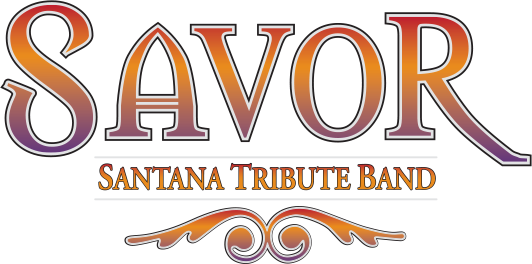Have you ever had an instant reaction to a piece of music, where the sound enters your ears and ends up in your soul? The song itself is translated into an emotion that washes over you, and you’re suddenly wistful and mellow or joyful and unable to resist the drive to move your body to the rhythm.
All art has the capacity to move you, but music is the only form that can physically compel you to move. There’s a connection, something that drove early man to create instruments that could make complex patterns of sound, and at the backbone of it all is the percussion.
Percussion is the key
Percussion is often referred to as the heartbeat of music. In the background, behind the vocals and other instrumentation, there’s a beat like the steady, syncopated beat of our own hearts. The rhythm is what evokes a physical desire to match it, like dancing, pumping your fist in the air, or tapping a foot.
From a historical standpoint, it makes sense that humans created the drum before any other instrument. Rhythm exists everywhere in nature, from the drumbeat of a giant herd of animals racing across the Earth to the light patter of rain falling.
Drums are used by every culture and in every genre of music, but Latin music has roots in African music, which is particularly influenced by percussion. It plays an important role from an artistic, cultural, and even spiritual perspective.
World music
Carlos Santana was creating “world music” decades before the term became popular. His music captures styling from African, Cuban, Latin, Rock, Blues, Jazz, and other genres. Over the years, his music has been infused with various different influences, but percussion has always remained a central theme.
He pioneered the rhythmic fusion of music from different countries with a truly inclusive percussion section. In addition to drums, you’ll hear timbales, bongos, congas, cowbell, tabla, and many more. Carlos Santana is able to tap into the essence, or heartbeat, of music from around the world.

